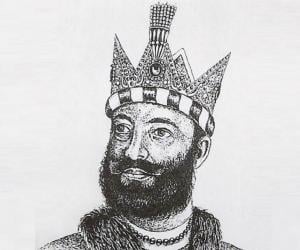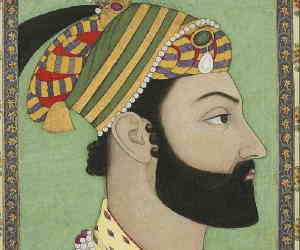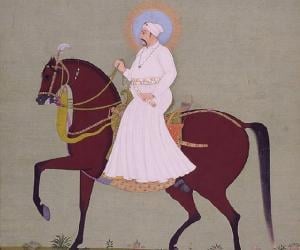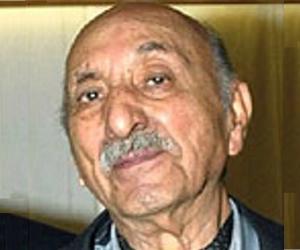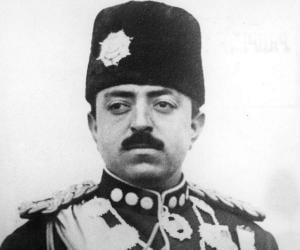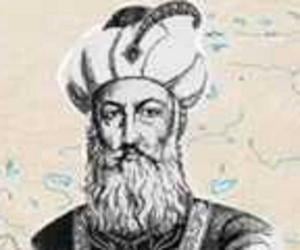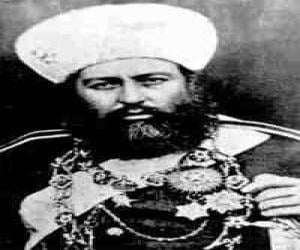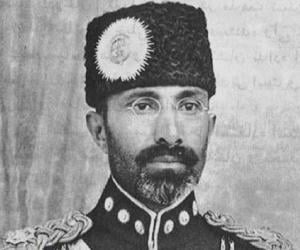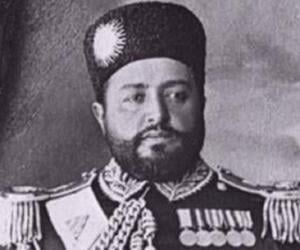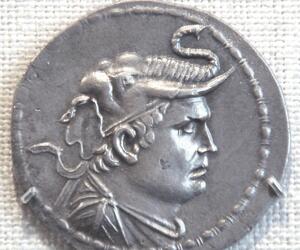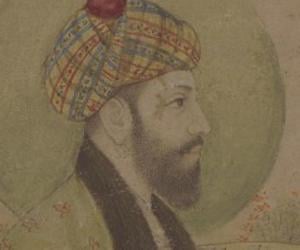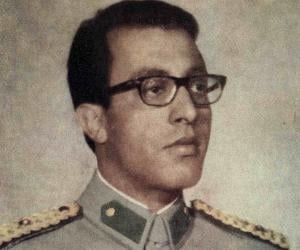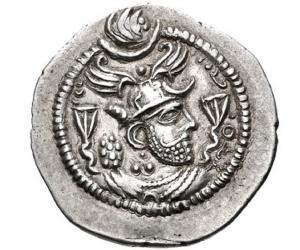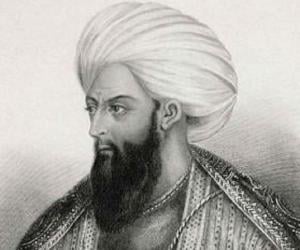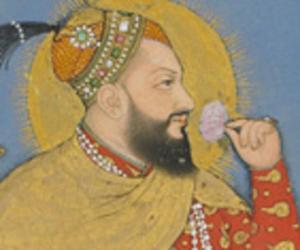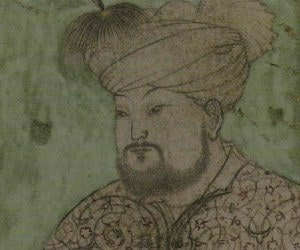1
Mahmud of Ghazni
(Sultan of the Ghaznavid Empire from 998 to 1030)
Birthdate: November 2, 0971
Sun Sign: Scorpio
Birthplace: Ghazni, Afghanistan
Died: April 30, 1030
Mahmud of Ghazni, Sultan of the Ghaznavid Empire from 998 to 1030, established a powerful military empire spanning from Iran to the Indian subcontinent, Transoxiana, and Makran. He maintained Persian bureaucratic and cultural traditions, fostering a future Persianate state in Punjab with Lahore as a center. Ghazni became a significant cultural and intellectual hub, attracting notable scholars. Mahmud's reign saw the conquest and plunder of wealthy cities like Mathura and Somnath in India, financing the development of his capital.
